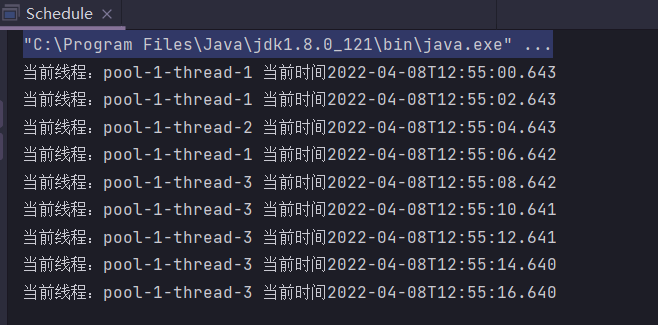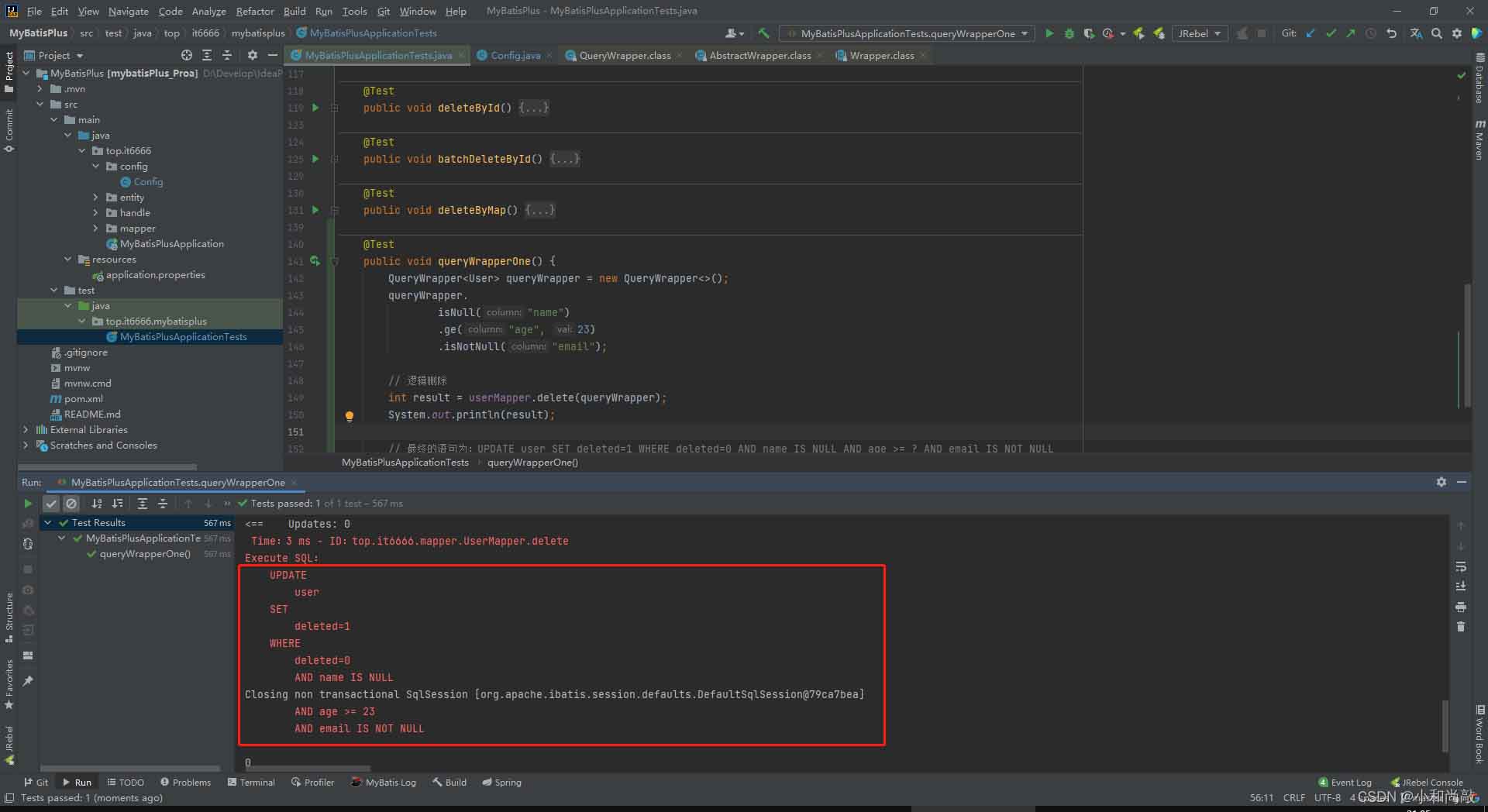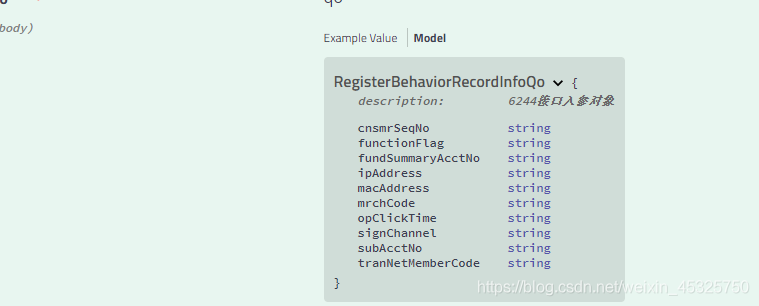JSP显示当前系统时间的四种方式:第一种java内置时间类实例化对象:%@ page language="java" import="java.util.*" pageEncoding="UTF-8"%%String pa...
JSP显示当前系统时间的四种方式:
第一种java内置时间类实例化对象:
<%@ page language="java" import="java.util.*" pageEncoding="UTF-8"%>
<%
String path = request.getContextPath();
String basePath = request.getScheme()+"://"+request.getServerName()+":"+request.getServerPort()+path+"/";
%>
<!DOCTYPE HTML PUBLIC "-//W3C//DTD HTML 4.01 Transitional//EN">
<html>
<head>
<base href="<%=basePath%>" rel="external nofollow" rel="external nofollow" rel="external nofollow" rel="external nofollow" >
<title>My JSP 'time4.jsp' starting page</title>
<meta http-equiv="pragma" content="no-cache">
<meta http-equiv="cache-control" content="no-cache">
<meta http-equiv="expires" content="0">
<meta http-equiv="keywords" content="keyword1,keyword2,keyword3">
<meta http-equiv="description" content="This is my page">
<!--
<link rel="stylesheet" type="text/css" href="styles.css" rel="external nofollow" rel="external nofollow" rel="external nofollow" rel="external nofollow" >
-->
</head>
<body>
<%
java.text.SimpleDateFormat simpleDateFormat = new java.text.SimpleDateFormat(
"yyyy-MM-dd HH:mm:ss");
java.util.Date currentTime = new java.util.Date();
String time = simpleDateFormat.format(currentTime).toString();
out.println("当前时间为:"+time);
%>
</body>
</html>第二种方式使用JSP内置USEBEAN实例化时间类:
<%@ page language="java" import="java.util.*" pageEncoding="UTF-8"%>
<%
String path = request.getContextPath();
String basePath = request.getScheme()+"://"+request.getServerName()+":"+request.getServerPort()+path+"/";
%>
<!DOCTYPE HTML PUBLIC "-//W3C//DTD HTML 4.01 Transitional//EN">
<html>
<head>
<base href="<%=basePath%>" rel="external nofollow" rel="external nofollow" rel="external nofollow" rel="external nofollow" >
<title>显示系统时间方法一:</title>
<meta http-equiv="pragma" content="no-cache">
<meta http-equiv="cache-control" content="no-cache">
<meta http-equiv="expires" content="0">
<meta http-equiv="keywords" content="keyword1,keyword2,keyword3">
<meta http-equiv="description" content="This is my page">
<!--
<link rel="stylesheet" type="text/css" href="styles.css" rel="external nofollow" rel="external nofollow" rel="external nofollow" rel="external nofollow" >
-->
</head>
<body>
<jsp:useBean id="time" class="java.util.Date"/>
现在时间:<%=time%>
</body>
</html>第三种方式使用JSP USEBEAN type与beanName配对使用:
<%@ page language="java" import="java.util.*" pageEncoding="UTF-8"%>
<%
String path = request.getContextPath();
String basePath = request.getScheme()+"://"+request.getServerName()+":"+request.getServerPort()+path+"/";
%>
<!DOCTYPE HTML PUBLIC "-//W3C//DTD HTML 4.01 Transitional//EN">
<html>
<head>
<base href="<%=basePath%>" rel="external nofollow" rel="external nofollow" rel="external nofollow" rel="external nofollow" >
<title>My JSP 'time2-useBean-type-beanName.jsp' starting page</title>
<meta http-equiv="pragma" content="no-cache">
<meta http-equiv="cache-control" content="no-cache">
<meta http-equiv="expires" content="0">
<meta http-equiv="keywords" content="keyword1,keyword2,keyword3">
<meta http-equiv="description" content="This is my page">
<!--
<link rel="stylesheet" type="text/css" href="styles.css" rel="external nofollow" rel="external nofollow" rel="external nofollow" rel="external nofollow" >
-->
</head>
<body>
<jsp:useBean id="time" type="java.io.Serializable" beanName="java.util.Date"/>
现在时间:<%=time%>
</body>
</html>第四种方式使用JSP setproperty设置属性:
<%@ page language="java" import="java.util.*" pageEncoding="UTF-8"%>
<%
String path = request.getContextPath();
String basePath = request.getScheme()+"://"+request.getServerName()+":"+request.getServerPort()+path+"/";
%>
<!DOCTYPE HTML PUBLIC "-//W3C//DTD HTML 4.01 Transitional//EN">
<html>
<head>
<base href="<%=basePath%>" rel="external nofollow" rel="external nofollow" rel="external nofollow" rel="external nofollow" >
<title>My JSP 'time3-setproperty.jsp' starting page</title>
<meta http-equiv="pragma" content="no-cache">
<meta http-equiv="cache-control" content="no-cache">
<meta http-equiv="expires" content="0">
<meta http-equiv="keywords" content="keyword1,keyword2,keyword3">
<meta http-equiv="description" content="This is my page">
<!--
<link rel="stylesheet" type="text/css" href="styles.css" rel="external nofollow" rel="external nofollow" rel="external nofollow" rel="external nofollow" >
-->
</head>
<body>
jsp:setproperty 实例<hr>
<jsp:useBean id="time" class="java.util.Date">
<jsp:setProperty name="time" property="hours" param="hh"/>
<jsp:setProperty name="time" property="minutes" param="mm"/>
<jsp:setProperty name="time" property="seconds" param="ss"/>
</jsp:useBean>
<br>
设置属性后的时间:${time} }
<br>
</body>
</html>所有代码均能直接复制到MYECLIPSE2010
到此这篇关于JSP实时显示当前系统时间的四种方式示例解析的文章就介绍到这了,更多相关JSP实时显示当前系统时间内容请搜索以前的文章或继续浏览下面的相关文章希望大家以后多多支持!
沃梦达教程
本文标题为:JSP实时显示当前系统时间的四种方式示例解析


基础教程推荐
猜你喜欢
- Java+mysql实现学籍管理系统 2023-03-16
- springboot下使用shiro自定义filter的个人经验分享 2024-02-27
- JSP 动态树的实现 2023-12-17
- JavaWeb 实现验证码功能(demo) 2024-04-14
- 深入理解约瑟夫环的数学优化方法 2024-03-07
- 运用El表达式截取字符串/获取list的长度实例 2023-08-01
- Java编写实现窗体程序显示日历 2023-01-02
- Java中EnvironmentAware 接口的作用 2023-01-23
- 使用Java和WebSocket实现网页聊天室实例代码 2024-02-25
- 是否适合从javabean类更新数据库? 2023-11-04

















